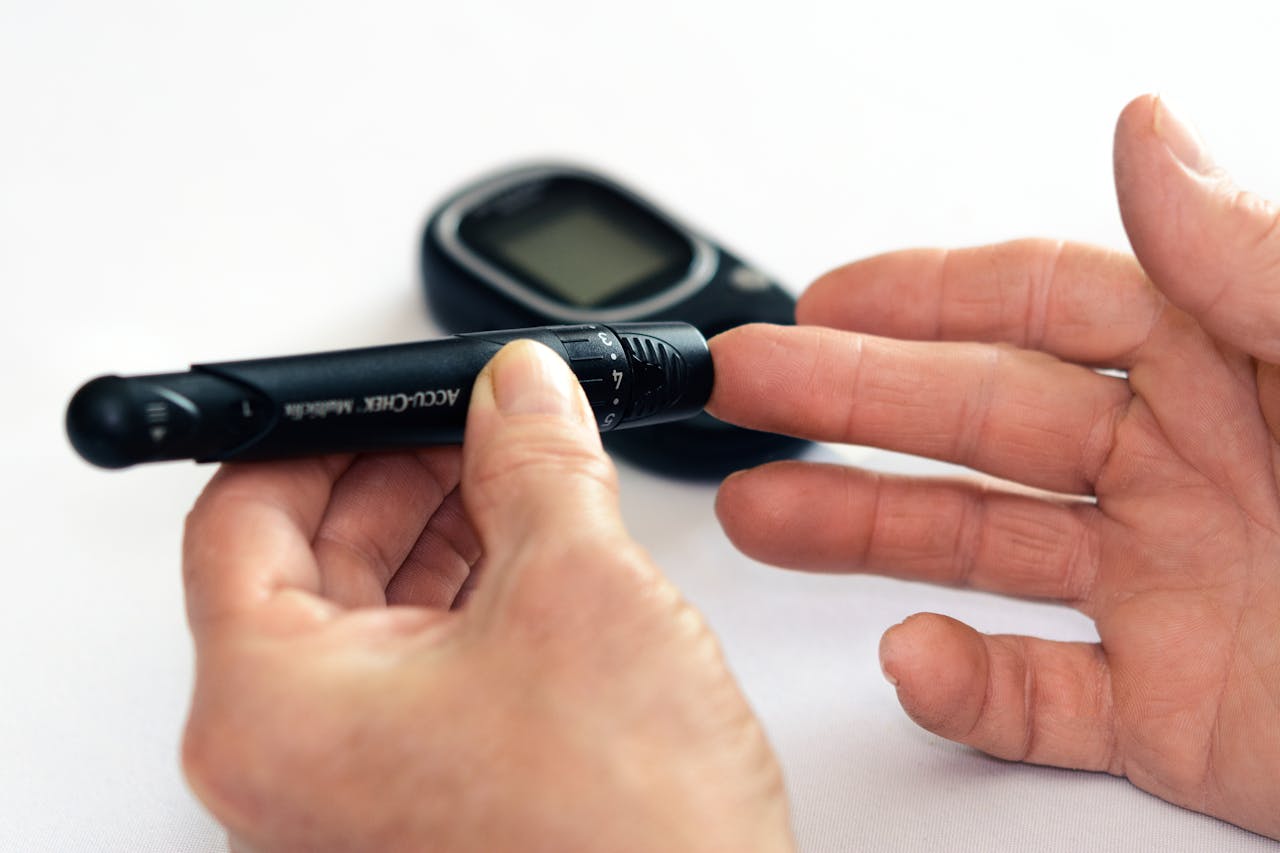Generic and biosimilar products have long offered a more affordable alternative to brand-name medications. For many people, these options are the only way they can receive the prescriptions they need to treat chronic conditions such as diabetes and rheumatoid arthritis. Continue reading
The Trump Administration’s Impact on Drug Development
blogThe Trump administration has had a significant impact on many industries, including drug development. A primary focus has been on reducing drug prices, and a variety of strategies aim to accomplish that, like these new FDA regulations. In this blog, learn what exact steps the Trump administration has taken to transform these goals into reality.
Is the National Priority Voucher Good News for RX Costs?
blogThe drug approval process is a lengthy one that can take anywhere from months to years, but as the COVID-19 pandemic proved, it’s not always possible to wait that long for emergency or essential medications.
Why Orphan Drugs May Be Left Out of IRA Negotiations
blogOrphan drugs are medications created to prevent, diagnose, and treat rare diseases. According to the National Institutes of Health, rare diseases are those that affect about five in 10,000 people. Because these illnesses affect a relatively small number of people, pharmaceutical companies have not always been willing to spend time manufacturing medications to address them. Continue reading
New FDA Rules Could Raise Medication Prices & Slow Access
blogThe US Food and Drug Administration (FDA) has made sweeping changes recently to how it approves medications. This comes on the heels of a reduction in the workforce with thousands laid off.
State-by-State Divide Over GLP-1 Medicaid Coverage
blogGlucagon-like peptide-1, known as GLP-1, is a hormone that the body naturally makes to regulate digestion, blood sugar, and appetite. For years, people with type 2 diabetes have relied on a synthetic version of the hormone, called a GLP-1 agonist, to help them manage their symptoms and maintain normal blood sugar levels.
Are Biosimilars the Answer to Soaring Drug Costs?
blogDrug costs continue to rise, especially since pharmaceutical companies are still able to set the prices of medications as they choose. For people living with chronic conditions such as rheumatoid arthritis, congestive heart failure, or COPD, these higher costs can lead to worries about how to afford the medications they need to live.
Why Rural Pharmacy Closures Mean Higher Medication Costs
blogRural pharmacies are a lifeline for people in remote areas, offering not only timely and convenient access to medications but also the opportunity to speak with a pharmacist if they have questions or concerns. These pharmacies have been hit hard by the shifting economy, leading many to close. In fact, between 2018 and 2023, rural retail pharmacies declined by 5.9% compared to 3.4% in urban areas. Furthermore, according to recent data from a Health Affairs study, over 29% of pharmacies in general closed between 2010 and 2021.
How Extreme Weather Is Putting Life-Saving Prescriptions at Risk
blogExtreme weather events are occurring more often throughout the world. Floods, forest fires, tsunamis, and a range of other issues are affecting industries of all types, resulting in significant costs for consumers. One area that is particularly affected is the availability of prescriptions.









